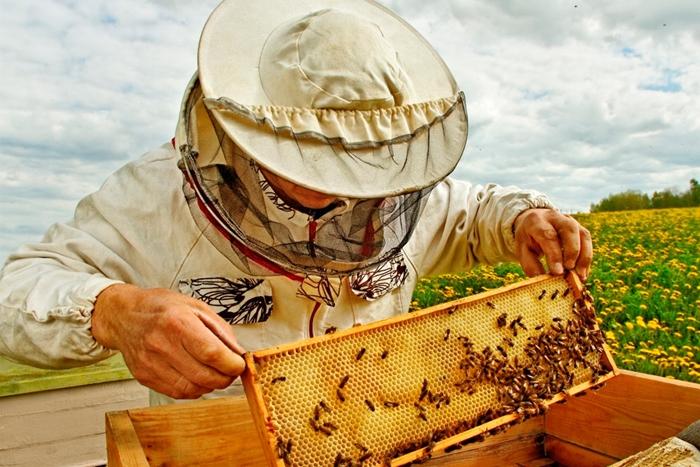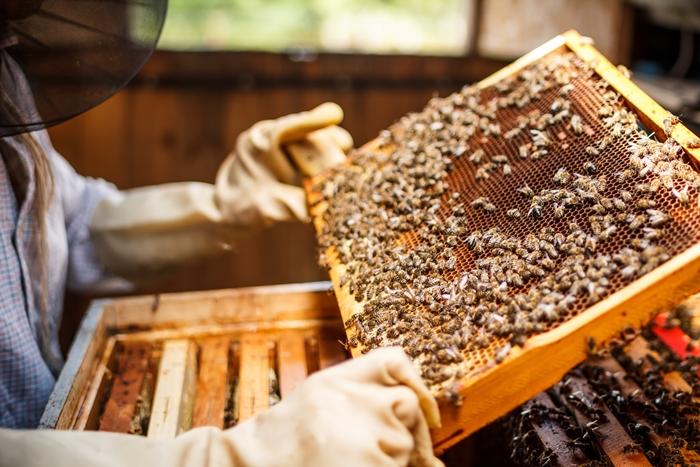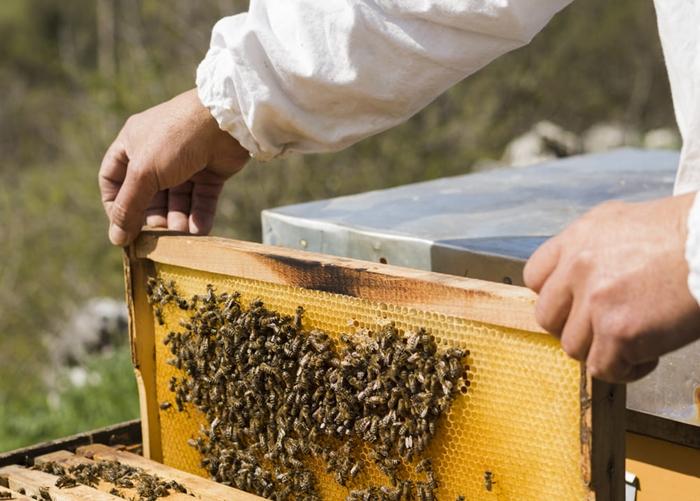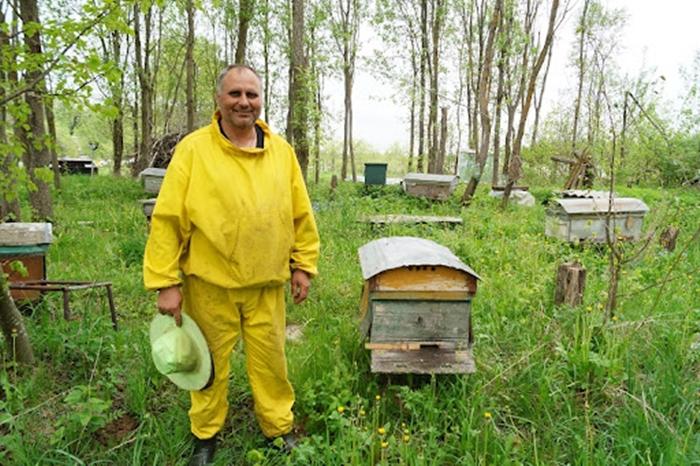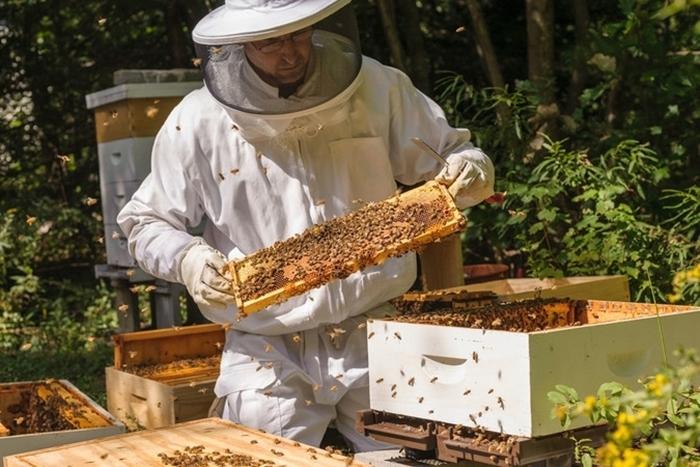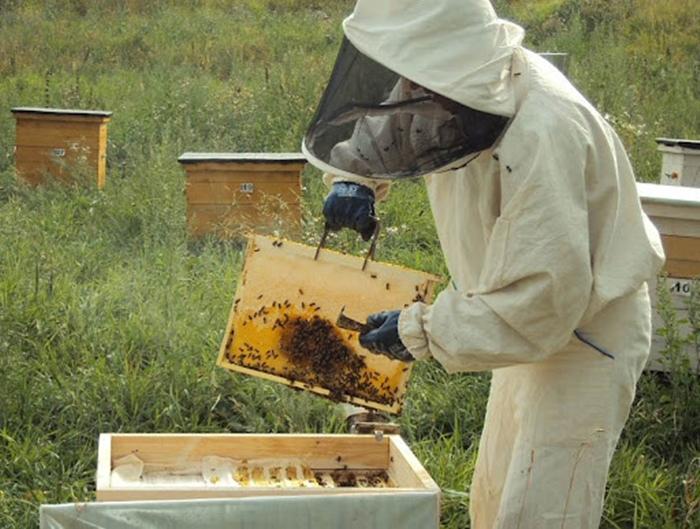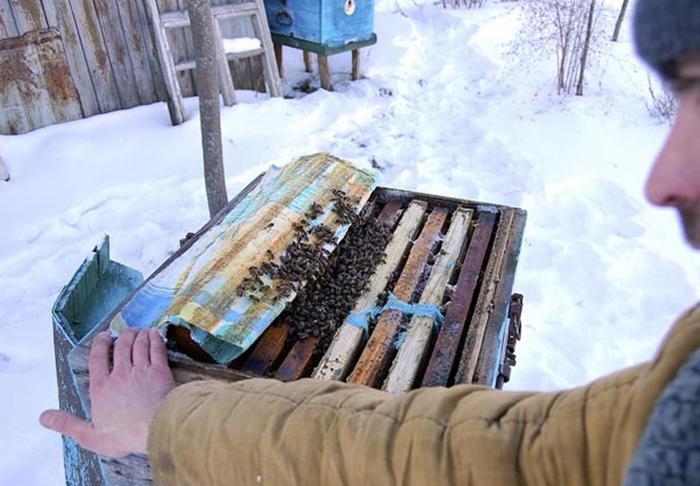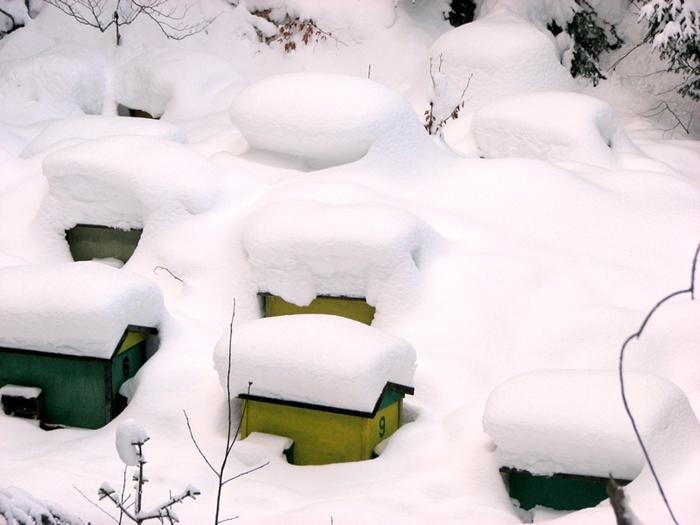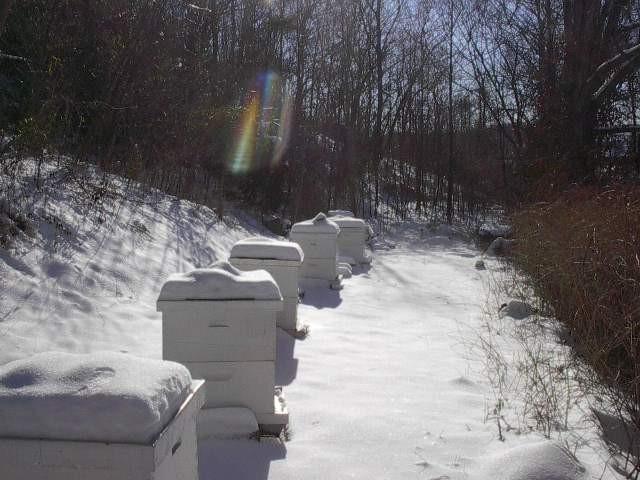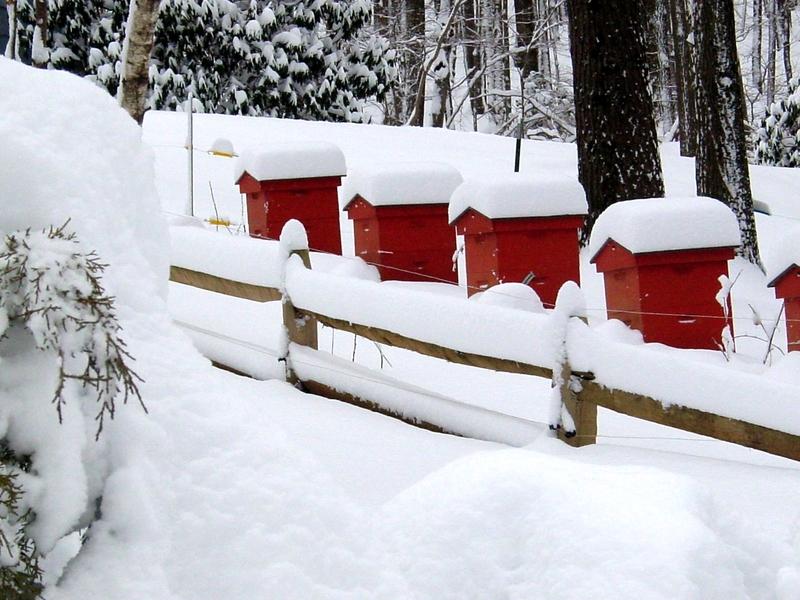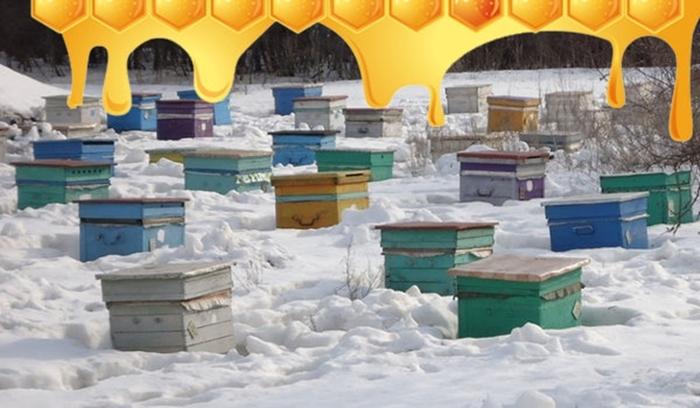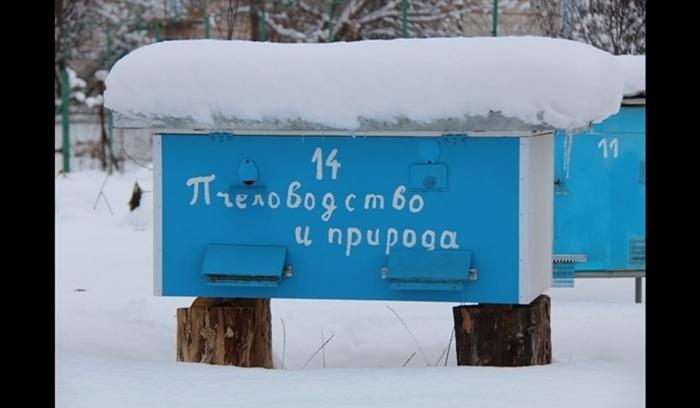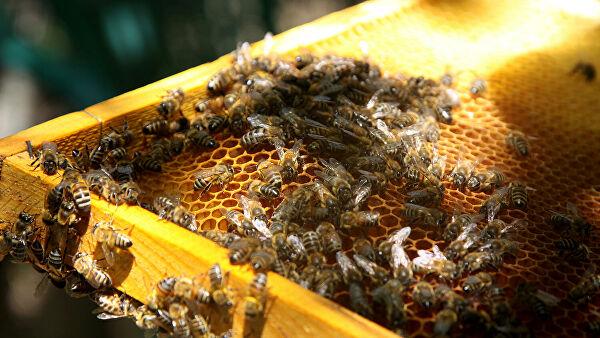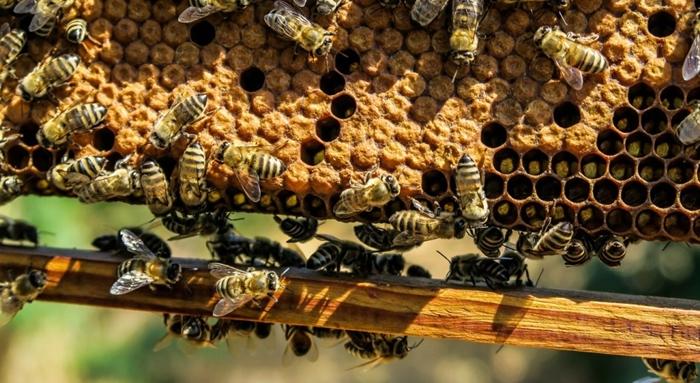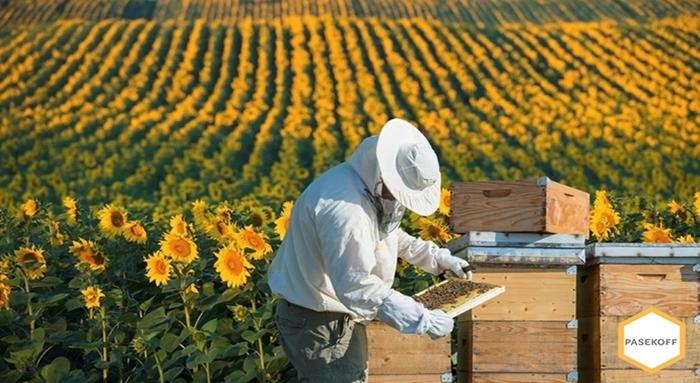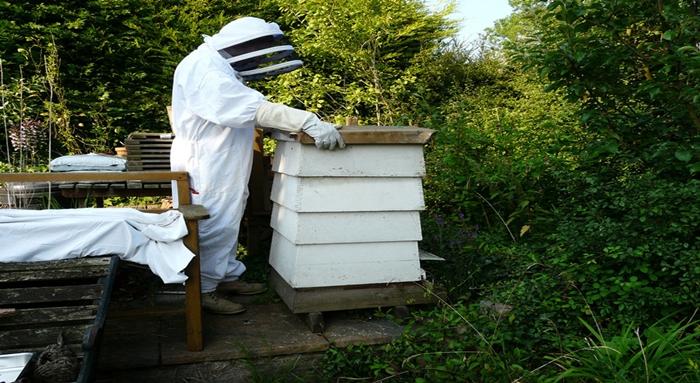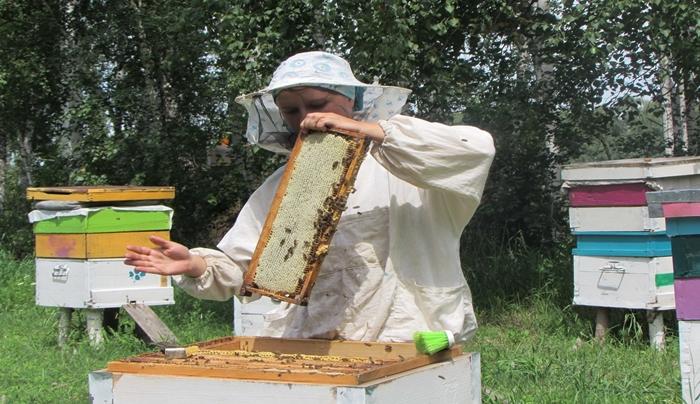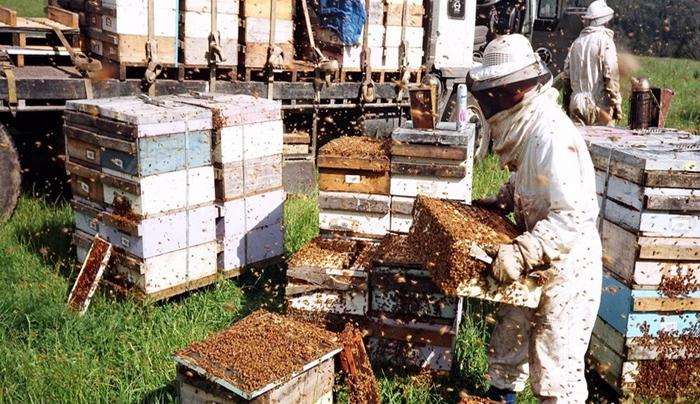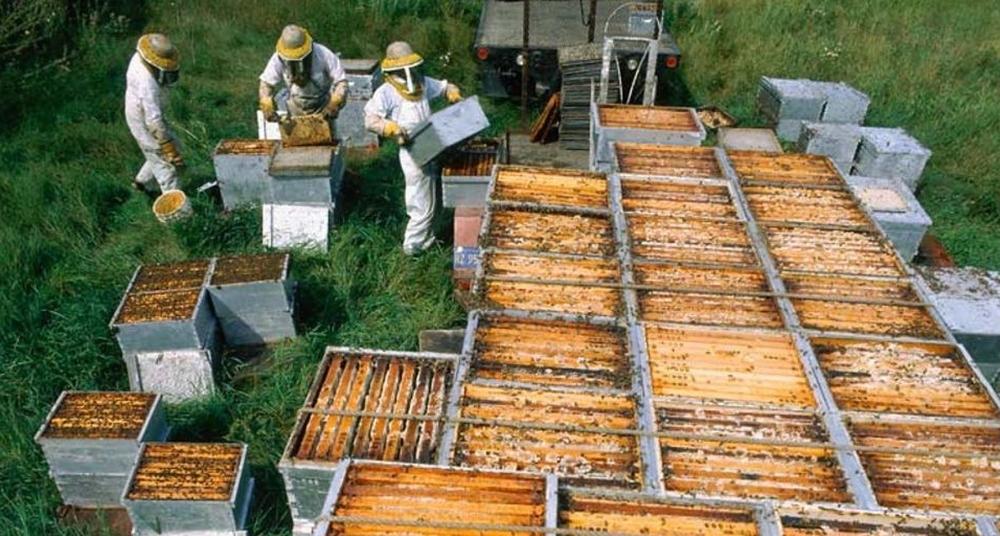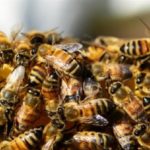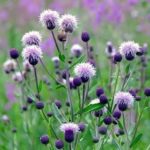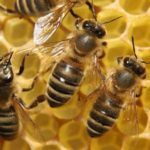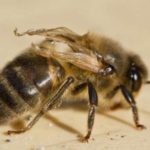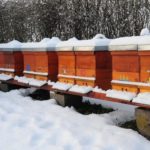Beekeeping is not an easy, responsible job that requires considerable effort and attention. Of course, it’s simply impossible to remember everything, so even experienced beekeepers use the beekeeper’s calendar. This is a very useful thing that allows you to mark the dates of upcoming work, as well as record what has already been done or, conversely, not done. There are several options for calendars - choose the one that will be most convenient for you.
Classic beekeeping calendar by month
The beekeeping calendar by month is considered the most convenient. It would be a good idea for a novice beekeeper to find out what work is recommended to be done and when.
January
Throughout the month, you should listen to the hive using a rubber hose. One end of it is inserted into the notch, the other is applied to the ear. If insects make a weak, barely audible noise, this is considered a good sign.
February
It is necessary to remove snow or spread straw in front of the hives. This will be a signal to the bees that they can make their first flight. It is very important, since during the winter a large amount of excrement accumulates in the intestines of insects. Because of this, they often suffer from diarrhea.
Also during this period, the beekeeper should identify other problems and, if any, eliminate them. Main works:
- removing old honey from honeycombs;
- cleaning the tapholes from waste;
- replacing old insulation with new;
- Continue listening to the hives, checking their ventilation.
On a note! Throughout the winter season, the main tasks for the beekeeper are: repairing hives, preparing frames and equipment for migrations (if there is a mobile apiary) and other organizational and repair work.
March
A quick inspection of the hives is carried out and, if necessary, additional feeding is given to the bees.
When diseases are detected in bees, they need to be treated with medications and additional frames should be lubricated with wax to expand insect nests.
April
During the second month of spring, you need to have time to:
- treat hives and insects against mites;
- carry out thorough disinfection of hives and equipment;
- if necessary, transfer the bee colony to another hive.
Don't forget to install drinking bowls!
May
It's time to increase the activity of bees. During this period, the beekeeper needs:
- remove unnecessary frames;
- insulate the hives if weather forecasts show frost;
- carry out preventive work to prevent the appearance of moths or parasitic infections;
- carry out work aimed at preventing swarming.
At the same time, the bee family is actively growing.
June
The summer months are the period of the highest activity of honey insects. Throughout June you should:
- take the hives to honey collection;
- use all methods to stop swarming;
- use herbal preparations to treat houses against ticks;
- install magazines on the hives.
July
The second month of summer is the time to prepare spare frames and install an additional housing on the hives to open the entrances. It is important to have time to change frames - remove sealed ones and install new ones. If there are old queens in the family, they should be replaced with young ones.
August
The air temperature gradually decreases, especially at night. The time has come to pump out honey, complete the nest, and distribute autumn supplements. We need to get rid of low-quality honeycombs and frames, take measures to prevent theft, and, if necessary, unite weak families.
September
Preventative work is being carried out. The hives are treated with chemicals, cleaned and disinfected. Beekeepers collect propolis and store frames of honey and beebread. Wax processing is carried out.
October
The final stage of storing frames and other additional elements for hives. If necessary, deratization is performed.
November
Bees are moving to winter, so you first need to dry out the hives and check the ventilation.When all the bee families have gathered in the houses, you should evaluate their behavior, not forgetting to periodically winnow it throughout the winter.
December
Main works:
- ensure proper ventilation of the hives;
- to repel rodents, drip 15 drops of mint oil onto the surface of the landing board;
- perform an inventory.
Now you can leave the basic procedures for caring for insects for a while, not forgetting to regularly listen to the hives.
Antique calendar
Beekeeping is an ancient craft that has been in demand at all times. It was given particular importance by the ancient Slavs, who developed the first beekeeping calendar. He describes the types of work not by whole months, but by individual numbers.
| № | date | basic information |
| 1 | February 4 | Timofey the Half-Winter Day is a period when beekeepers checked the omshaniks and listened to the hives. If the buzzing is quiet, everything is fine, but a loud buzzing indicates problems. |
| 2 | March 25 | On the day of the Annunciation, it is customary to beat off the omshanik, remove and carry out the hives. |
| 3 | April 1 | Darya's Day is the time when the countdown begins until the alder catkins begin to bloom. As soon as this process begins, the hives are removed from the room where they have been located all winter. |
| 4 | April 28 | Bee Pud is the time to end the bee wintering period. |
| 5 | April 30 | On Zosima the Bee Day, it is customary to arrange hives in places in the fresh air. |
| 6 | 21 July | Kazanskaya: it’s time to go for honey. |
| 7 | August 2 | The honeycombs are being trimmed. |
| 8 | August 14 | Honey Spas. The time has come to break out the honeycombs and sample the first honey reserves. Bees stop making honey. |
| 9 | September 21 | Time to remove the bees. |
This calendar is not used very often these days, primarily due to climate change. But he also has his followers, especially among residents of rural areas.
Folk signs by season
Another beekeeper’s calendar concerns not only work on caring for honey insects. Observant beekeepers always knew what to expect from striped workers, and folk signs helped them in this.
Winter
On January 1, you need to look at the roofs: snow hanging from them portends a strong bee swarm.
January 18 - Epiphany Christmas Eve: if the branches bend under the weight of snow, bee swarming will be successful.
January 19 – Epiphany of the Lord: a strong snow storm or the beginning of a blizzard while entering the Epiphany font promises active swarming.
February 1: if the bees have flown away from the hive, the warmth will come late. A strong buzz in the hive, echoing the intense snowfall, predicts excellent swarming.
Spring
March 1: The early departure of bees from the hives heralds the early arrival of spring.
April 28: a small decline in bees indicates a rich buckwheat harvest.
If the bees become angry on May 1, it means inclement weather.
Summer
Signs for June 1:
- Bees are angry and often sting - this means drought.
- Insects buzz loudly - expect a quick change in the weather, towards rain.
- Bees fly near the hive - to inclement weather; they fly far into the field - to sunny days.
July 7: if it rains, by August 14 (the first Savior) there will be honey.
Autumn
September 1: insects close the entrance and cracks in the hive - a harsh winter. The sooner the drones are kicked out of the houses, the faster the cold will come.
October 14. The Most Pure One covers the hives with snow.
Calendars by region
The beekeeper's calendar in Russia differs depending on the location of a particular region. Beekeeping work in central Russia by region and season is as follows:
- January.In the Moscow region and other regions of the central zone, bees spend the third month in winter, in the north - 4 months, in the south - 2 months.
- February. In the middle zone, insects are already actively laying eggs, in the north they are still in the hives, in the south the period of exhibition of hives is beginning.
- March. In the middle zone, insects do not fly out of their winter quarters for five months; in the northern regions they hibernate for six months. In the south, you can already begin to conduct a quick inspection of the hives, starting preparations for their removal.
- April. In the middle zone, wintering time is coming to an end. Beekeepers begin to inspect bee houses and clean the apiary area. Beekeepers from the northern regions have been keeping insects in the winter for seven months, and in the south the period of collecting bribes from boxwood, dogwood trees, wild lemon flowers, azaleas, and other honey-bearing plants and trees has already begun.
- May. Bees from the middle zone take bribes from lungwort, willow bushes, broom and many other honey plants. Beekeepers in the northern regions are just beginning to carry out inspection and preparatory work. Under good weather conditions, insects receive bribes from willow bushes. In the south, bribes are being collected from pears, white acacia, and horse chestnut.
- June. In all regions, bee colonies are growing, and the honey harvest period continues.
- July. The period of bribes from different cultures continues.
- August. Insects of the middle zone finish collecting bribes, drones are expelled from the hives. Beekeepers in the northern regions are preparing their hives for the winter season; in the south, the bribe season is still ongoing.
- September. In all regions, the activity of bees is decreasing, they are gradually moving into a phase of rest and preparation for the arrival of cold weather.A small bribe is still possible in the south.
- October. Active preparations for the winter hut are underway, hives are being inspected, and other work is being done.
- November. The bees are in winter dormancy; rare flights are possible in the south.
- December. In all regions, bees are in winter huts.
The beekeeper's calendar is a convenient and affordable way to track insect activity. It also helps you remember all the major jobs that need to be completed within a certain time frame. After all, the offspring of bees and the volumes of useful bee products produced depend on this.


